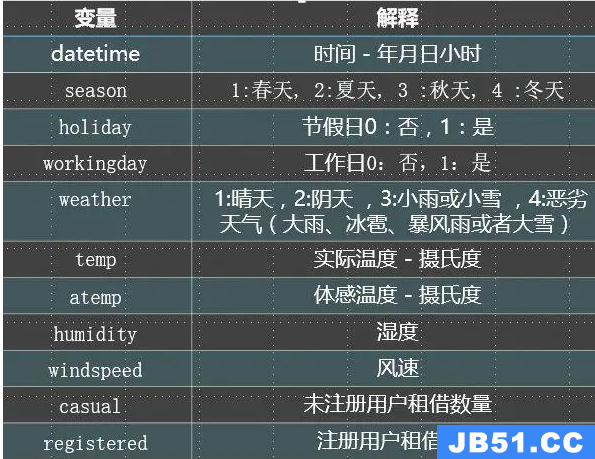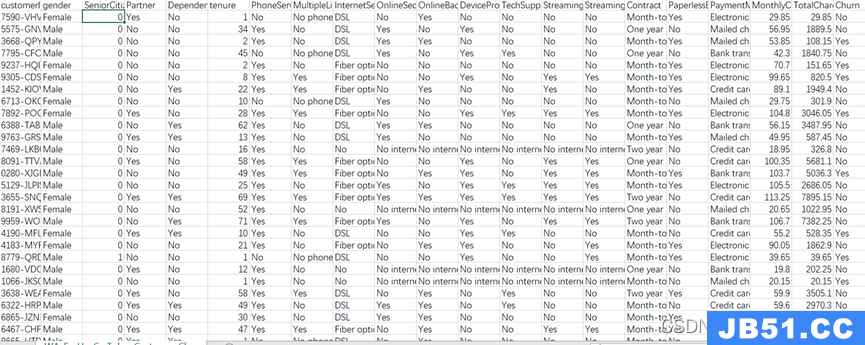就是频繁项集挖掘,FP-Growth算法。
先产生headerTable:
数据结构(其实也是调了好几次代码才确定的,因为一开始总有想不到的东西):entry: entry: {authorName: frequence,firstChildPointer,startYear,endYear}
def CreateHeaderTable(tranDB,minSupport=1):
headerTable={} #entry: entry: {authorName: frequence,endYear}
authorDB={} #entry: {frozenset(authorListSet): frequence}
for i,(conf,year,authorList) in enumerate(tranDB):
authorListSet=set([])
print "trans",i,"=="*20
if conf is np.nan or year is np.nan or authorList is np.nan:
continue #for tranDB[2426,:]
for author in authorList.split("|"):
authorListSet.add(author)
if headerTable.has_key(author):
headerTable[author][0]+=1
if year<headerTable[author][2]:
headerTable[author][2]=year
elif year>headerTable[author][3]:
headerTable[author][3]=year
else:
headerTable[author]=[1,None,year]
if authorDB.has_key(frozenset(authorListSet)):
authorDB[frozenset(authorListSet)]+=1
else:
authorDB[frozenset(authorListSet)]=1
for author in headerTable.keys():
if headerTable[author][0]<minSupport:
del headerTable[author]
return headerTable,authorDB
再构建FP-Tree:
每个treeNode又五元组来描述:
class TREE_NODE:
def __init__(self,authorName,frequence,parentPointer):
self.authorName=authorName
self.frequence=frequence
self.parentPointer=parentPointer #parent TREE_NODE
self.childrenPointer={} #children TREE_NODEs dict
self.brotherPointer=None #brother TREE_NODE注意,每次加入节点,这个五元组的每一项是否都考虑了;
如果是新节点,是否考虑链接到headerTable了;
对,只有这两点;代码如下:
'''
headerTable={} #entry: {authorName: frequence,endYear}
if we want to call UpdateCondTree(),then headerTable==>condHeaderTable={} #entry: {authorName: frequence,firstChildPointer}
#TREE_NODE: (self,parentPointer,childrenPointer={},brotherPointer=None)
'''
def UpdateTree(authorsList,treeNode,headerTable,frequence):
if treeNode.childrenPointer.has_key(authorsList[0]):
treeNode.childrenPointer[authorsList[0]].frequence+=frequence #isn't +1
else: #add authorsList[0] as a new child of treeNode
treeNode.childrenPointer[authorsList[0]]=TREE_NODE(authorsList[0],treeNode)
if headerTable[authorsList[0]][1]==None: #[1] is the firstChildPointer
headerTable[authorsList[0]][1]=treeNode.childrenPointer[authorsList[0]]
else:
firstChildPointer=headerTable[authorsList[0]][1]
tempAuthorNode=firstChildPointer
while tempAuthorNode.brotherPointer is not None:
tempAuthorNode=tempAuthorNode.brotherPointer
tempAuthorNode.brotherPointer=treeNode.childrenPointer[authorsList[0]]
if len(authorsList)>1: #recursively call UpdateTree() with authorsList[1:]
#UpdateTree(authorsList[1:],frequence)
UpdateTree(authorsList[1:],treeNode.childrenPointer[authorsList[0]],frequence) #do care this!
'''
headerTable={} #entry: {authorName: frequence,endYear}
if we want to call CreateCondTree(),firstChildPointer}
authorDB={} #entry: {frozenset(authorListSet): frequence}
#TREE_NODE: (self,brotherPointer=None)
'''
def CreateTree(authorDB,headerTable): #same function as CreateCondTree()
treeRoot=TREE_NODE("NULL",None)#root Node of FPtree
for i,(authorListSet,frequence) in enumerate(authorDB.items()):
print "authorListSet","=="*20
tempDict={}
for author in authorListSet:
if headerTable.has_key(author):
tempDict[author]=headerTable[author][0]
if len(tempDict)>0:
tempList=sorted(tempDict.items(),key=lambda x:x[1],reverse=True)
authorsList=[author for author,count in tempList]
UpdateTree(authorsList,treeRoot,frequence)
return treeRoot
注意,每一步验证一下:
#secondly,create the FP-Tree(the second pass)
treeRoot=CreateTree(authorDB,headerTable)
headerTable["Ying Wu"][1].authorName #Ying Wu
headerTable["Ying Wu"][1].frequence #47,so 4=51-47 in other brotherPointer TREE_NODE
print len(treeRoot.childrenPointer) #4028 < 7318=len(headerTable)
print treeRoot.childrenPointer[treeRoot.childrenPointer.keys()[0]].authorName #Linli Xu
print treeRoot.childrenPointer[treeRoot.childrenPointer.keys()[0]].frequence #2 < 12=headerTable["Linli Xu"][0],so 10=12-2 in other brotherPointer TREE_NODE
print treeRoot.childrenPointer[treeRoot.childrenPointer.keys()[0]].parentPointer.authorName #NULL,that's the root!
挖掘FP-Tree,找出频繁项:
思路:从支持度最小的单项集出发,依次递归挖掘支持度更大的单项集。
对每一个单项集的挖掘,思路如下:
找headerTable的每一个孩子结点,递归寻找这个孩子结点的条件子树;
然后合并每个孩子结点找到的条件子树,构成一颗关于该单项集的条件子树,递归挖掘该单项集的条件子树,从而形成两个、三个、四个、、、项集的频繁模式;
对所有生成的这些两个、三个、四个、、、项集的频繁模式,递归上面的过程即可。
def FindParentTreeNodes(baseTreeNode):
parentTreeNodes=[]
while baseTreeNode.parentPointer is not None: #while baseTreeNode is not the ROOT node whose parentPointer is None and authorName is "NULL"
parentTreeNodes.append(baseTreeNode.authorName)
baseTreeNode=baseTreeNode.parentPointer
return parentTreeNodes
def FindCondAuthorDB(firstChildPointerTreeNode):
condAuthorDB={} #entry: {frozenset(authorListSet): frequence}
tempTreeNode=firstChildPointerTreeNode
while tempTreeNode is not None:
parentTreeNodes=FindParentTreeNodes(tempTreeNode)
if len(parentTreeNodes)>1:
condAuthorDB[frozenset(parentTreeNodes[1:])]=tempTreeNode.frequence
#parentTreeNodes[1:],remove self treeNode
tempTreeNode=tempTreeNode.brotherPointer
return condAuthorDB
def CreateCondHeaderTable(condAuthorDB,minSupport=1):
condHeaderTable={} #entry: {authorName: frequence,firstChildPointer}
for i,frequence) in enumerate(condAuthorDB.items()):
print "cond trans","=="*20
for author in authorListSet:
if condHeaderTable.has_key(author):
headerTable[author][0]+=frequence
else:
condHeaderTable[author]=[frequence,None]
for author in condHeaderTable.keys():
if condHeaderTable[author][0]<minSupport:
del condHeaderTable[author]
return condHeaderTable
'''
headerTable={} #entry: {authorName: frequence,endYear}
if we want to call mineCondTree(),brotherPointer=None)
'''
def mineTree(treeRoot,minSupport=1,baseFreqAuthorSet=set([]),finalFreqAuthorPattDict={}):
sortedAuthorsList=[value[0] for value in sorted(headerTable.items(),reverse=False)]
for baseAuthor in sortedAuthorsList: #start from bottom of headerTable
newFreqAuthorSet=baseFreqAuthorSet.copy()
newFreqAuthorSet.add(baseAuthor)
finalFreqAuthorPattDict[frozenset(newFreqAuthorSet)]=headerTable[baseAuthor][0]
condAuthorDB=FindCondAuthorDB(headerTable[baseAuthor][1]) #[1] is the firstChildPointer
condHeaderTable=CreateCondHeaderTable(condAuthorDB,minSupport)
condTreeRoot=CreateTree(condAuthorDB,condHeaderTable) #call CreateCondTree()
if condHeaderTable is not None:
mineTree(condTreeRoot,condHeaderTable,minSupport,newFreqAuthorSet,finalFreqAuthorPattDict) #call mineCondTree()





